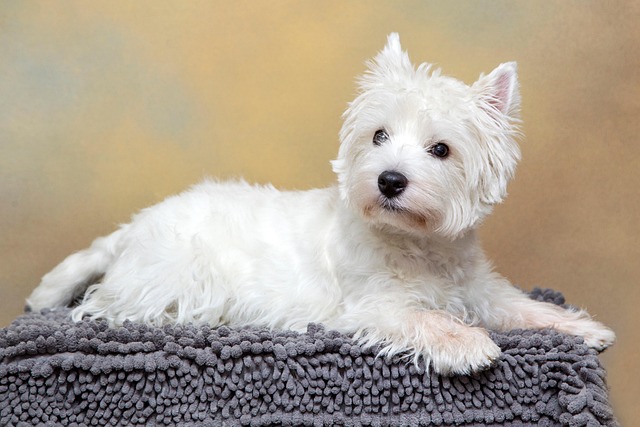
How to house train a dog in 7 days?
House training your dog doesn't have to be a daunting task. With consistency, patience, and the right approach, you can guide your furry friend to do their business in the right place within just seven days.
You’ve just settled onto your brand - new sofa, only to find your puppy gnawing at the armrest. Or you come home from work to discover your favorite wooden chair leg looks like it’s been through a woodchipper. If you’re wondering “How do you train a dog not to chew furniture?”, you’re in the right place. Chewing is a natural behavior for dogs, but redirecting that instinct away from your prized possessions is key.
Puppies, especially, chew as part of their teething process, much like human babies. Just as a baby soothes its gums with a teething ring, a puppy uses chewing to relieve discomfort. Adult dogs, on the other hand, may chew out of boredom, anxiety, or the simple urge to explore their environment with their mouths. Take Charlie, a golden retriever whose owner noticed he started chewing the coffee table after being left alone for longer hours due to a new job. Charlie’s chewing was his way of coping with separation anxiety.
Before diving into training, it’s essential to cover the basics of pet ownership compliance. Across many Western regions, ensuring your dog is vaccinated against rabies is non - negotiable. In areas like New York or Sydney, a lack of proper vaccination records can lead to fines or restrictions on where your dog can go. Additionally, maintaining good community hygiene is crucial. Whether you’re in a suburban neighborhood or a city park, always clean up after your dog. Not only is it the neighborly thing to do, but failing to do so can result in citations in many locales.

When it comes to curbing furniture - chewing behavior, forget about punishment - based methods. Yelling at your dog or swatting them when they chew the wrong thing only creates fear and mistrust. Instead, think about positive reinforcement, a technique backed by animal behaviorists. For example, if your dog chooses to chew on their designated toy instead of the table leg, shower them with praise, give them a delicious treat, or play a quick game of fetch. Over time, they’ll learn that chewing the right items leads to good things.
For apartment dwellers, the confined space can sometimes exacerbate chewing issues. Dogs may get bored more quickly without a large yard to explore. To combat this, rotate your dog’s toys regularly to keep things interesting. Puzzle toys that dispense treats can also engage their minds and keep their mouths busy. And when it’s time for a walk, remember community etiquette. Keep your dog on a leash (as required in most public areas) and be mindful of other pedestrians. A well - behaved dog on walks is more likely to be calm and less destructive at home.
Another effective strategy is to create a “chew - free zone.” Use baby gates or playpens to limit your dog’s access to areas with valuable furniture when you can’t supervise them. When you are around, keep an eye on your pet. If you catch them eyeing the furniture, immediately offer them an appropriate chew toy and redirect their attention.
Training a dog not to chew furniture takes time and consistency. Just like teaching a child a new skill, there will be setbacks. But by understanding your dog’s needs, using positive training methods, and staying compliant with local pet regulations, you can protect your furniture and build a stronger bond with your furry friend.

House training your dog doesn't have to be a daunting task. With consistency, patience, and the right approach, you can guide your furry friend to do their business in the right place within just seven days.

House training a dog with a crate is a tried-and-true method that plays on their natural instincts to keep their den clean. But it’s not just about shutting your pup inside—a successful crate training journey requires patience,

Returning to find your couch disemboweled or door frames gnawed raw isn't just a nuisance – it's your dog screaming in canine language that they're struggling without you.

Coming home to shredded cushions or gnawed door frames isn't just frustrating – it’s a red flag that your dog is struggling when unsupervised.

You’ve just settled onto your brand - new sofa, only to find your puppy gnawing at the armrest. Or you come home from work to discover your favorite wooden

Training a scared dog to use the bathroom outdoors is a journey that requires empathy and consistency. These dogs often have heightened sensitivity to new environments, loud noises, or sudden movements,